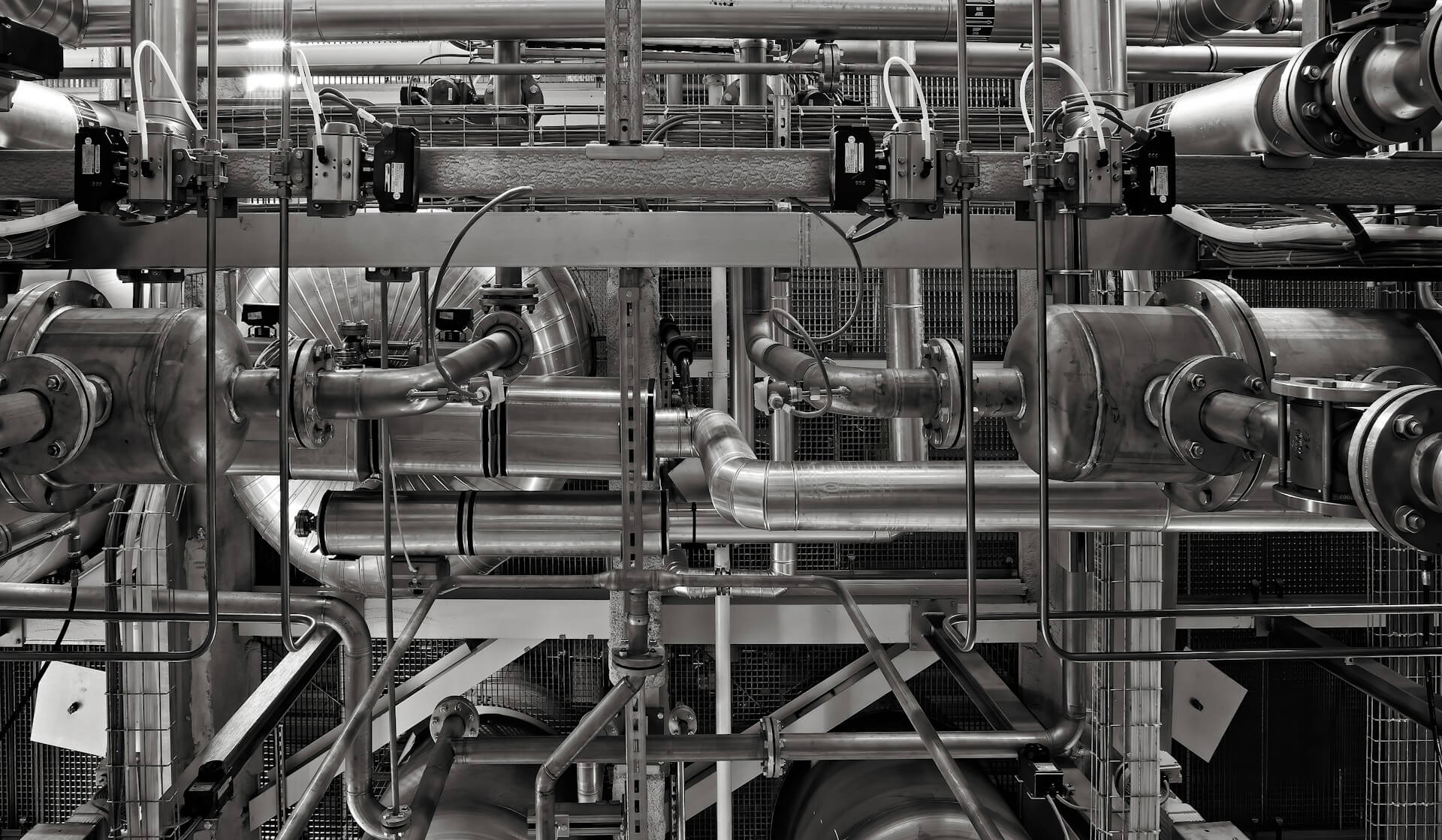A chisel is a versatile hand tool that has been a staple in woodworking, metalworking, and stone carving for centuries. Its primary function is to carve, shape, or cut materials with precision. Available in various shapes and sizes, chisels are essential for detailed work in numerous trades and hobbies. This guide will explore the different types of chisels, their applications, and how they relate to modern materials like geocomposites.
What are the different types of chisels and their uses?
Chisels come in several types, each suited to specific tasks:
- Bevel-edged Chisels: Ideal for general woodworking, carving, and detailed work. The slanted edge allows for easier control and precision.
- Mortise Chisels: Designed for cutting precise mortises in wood. They have a strong, thick blade to withstand the impact of a mallet.
- Paring Chisels: Thin and flexible, these are used for fine paring and trimming tasks where precision is key.
- Carving Chisels: Various shapes, like gouges and v-tools, are used for intricate carving and shaping in wood and other materials.

Each type of chisel serves a unique purpose, making it important to choose the right one based on your specific needs.
How do you maintain a chisel for optimal performance?
Proper maintenance is crucial for ensuring the longevity and effectiveness of your chisel. Follow these tips:
- Sharpen Regularly: Keep the blade sharp using a sharpening stone or honing guide. A sharp chisel makes cleaner cuts and requires less force.
- Clean After Use: Remove any debris and apply a light coat of oil to prevent rust. This helps maintain the blade’s condition.
- Store Properly: Keep chisels in a dry, protected environment to avoid damage. Using a chisel roll or holder can help keep the blades from dulling.
Regular maintenance will keep your chisel in top condition and improve your work efficiency.
What materials are suitable for chisels, and how does this affect their use?
Chisels are typically made from high-carbon steel or tool steel, each offering different benefits:
- High-Carbon Steel: Known for its sharp edge and ease of sharpening, high-carbon steel chisels are ideal for detailed work but can be prone to rust if not cared for properly.
- Tool Steel: More durable and resistant to wear, tool steel chisels are suited for heavy-duty tasks. They maintain their sharpness longer but may require more effort to sharpen.
The choice of material affects the chisel’s performance and longevity. High-carbon steel is often preferred for precision tasks, while tool steel is better for heavy-duty use.
How do chisels relate to modern materials like geocomposites?
Geocomposites, which are advanced materials used in construction and environmental applications, often require precise cutting and shaping. While chisels are not typically used directly on geocomposites, their role in shaping and preparing materials for integration with geocomposites can be crucial. For example, preparing wood or metal components that will be used in conjunction with geocomposites often involves the use of chisels. Understanding how to use and maintain chisels effectively ensures that any preparatory work is done accurately, which is essential when working with sophisticated materials like geocomposites.
Chisels are indispensable tools for a wide range of tasks, from woodworking and metalworking to stone carving. By understanding the different types of chisels and their specific uses, as well as maintaining them properly, you can achieve precision and efficiency in your projects. While chisels may not directly interact with geocomposites, their role in preparing and shaping materials that complement geocomposite applications is important. Proper chisel care and selection ensure that your work with both traditional and modern materials is of the highest quality.
